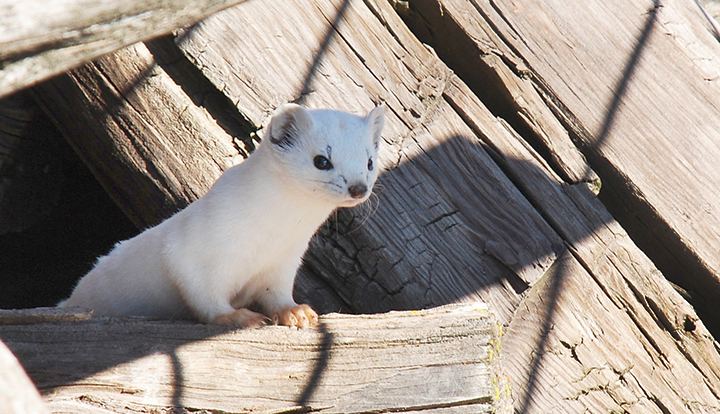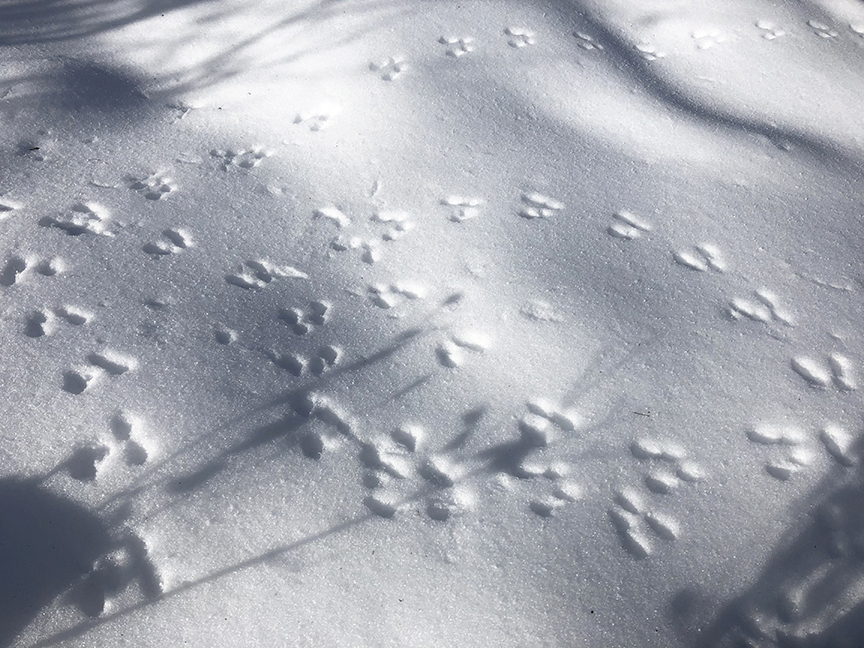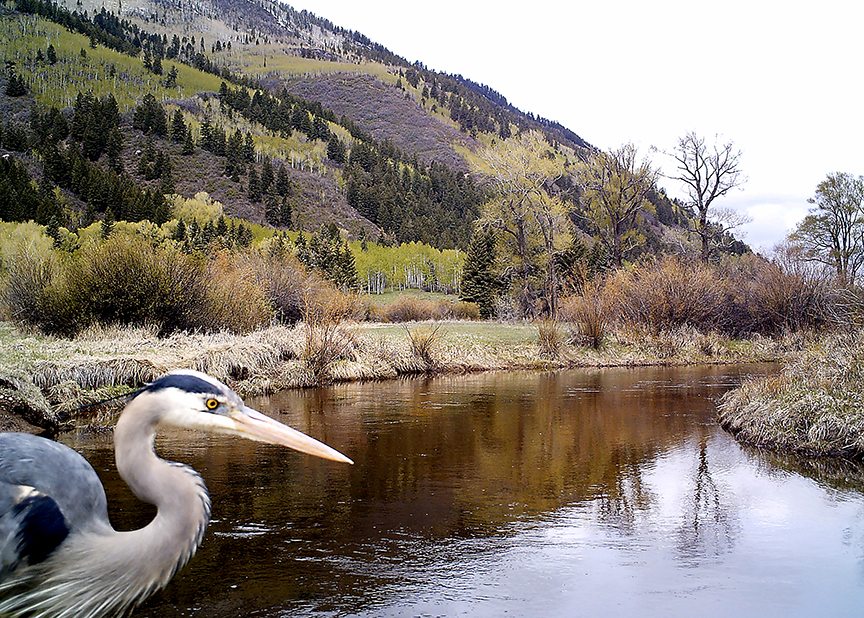Learn More
The cutest carnivores – fierce, adorable weasels
March 2, 2020

Of the eight documented varieties of weasel in Colorado, only two are actually called weasels. Both can be found locally and if you’re lucky enough to spot one, your first reaction is likely to be some variation of “aw, it’s so cute.”
The telltale tracks of winter
January 2, 2020

Anyone who has taken a summer hike in the woods without seeing so much as chipmunk might wonder if there are any animals out there at all. It’s wintertime that opens a window to the wanderings of wildlife. The signs of animals on the move are everywhere, making the snowy months the best time of the year to take stock of the creatures that surround us, even if we don’t see them.

